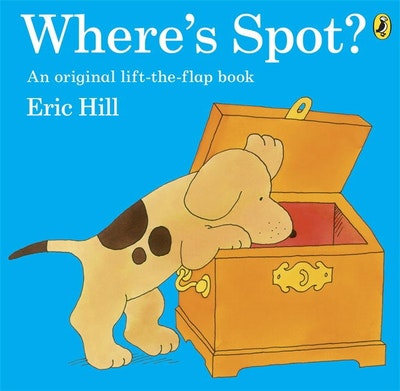MashaAllah, the twins have been aware of the 5 daily prayers for a while (see
this blog entry for a simple song/poster) but I wanted to do something for each pillar as we cover them this topic... So decided to introduce them to the idea of sunnah prayers. Naturally, to do that they needed to learn what "fard" meant too!
Fard = compulsory, they HAVE to be done - these are the prayers of the pillar of salah.
Sunnah = you don't have to do them but you can if you want to gain extra reward. These are extra prayers the Prophet Muhammad (SAW) used to do.
Everything is very simple at this point! The twins are only just turned 4 1/2 after all!
Next I took out their maths multilink cubes, though you could do the same thing with Lego, wooden blocks, etc. Anything which has different colours and can stack.
We chose red and orange to represent fard. One cube was equal to one rakat. Red meant it was read aloud; orange meant it was read silently. Cue a quick quiz to find out how many rakaat each prayer has and asked the twins to "build" each prayer:
Fajr: 2 red (2)
Dhuhr: 4 orange (4)
'Asr: 4 orange (4)
Maghrib: 2 red, 1 orange (3)
'Isha: 2 red, 2 orange (4)
Lined them up together so they could compare the sizes of the towers they made - numeracy link in counting the cubes and checking the total: 17 rakaat. They pointed out Fajr was the smallest while Dhuhr, 'Asr and 'Isha were the same size. An important observation to keep in mind for later!
Next I asked them to explain to me what sunnah prayers were, i.e. repeat back to me what I'd just told them earlier to check their understanding. 😊
We chose green cubes to represent each rakat of sunnah prayer. Then I told them how many rakaat are typically associated with each prayer so they could add to their towers. The objective wasn't for them to be able to recall exactly how many go where, but the exercise was more in gaining that initial awareness for building on in future years, inshaAllah.
I also told them whether the sunnah prayers came before or after the fard prayers, so their towers ended up like this:
Fajr: 2 green, 2 red (4)
Dhuhr: 4 green, 4 red, 4 green (12)
'Asr: 4 red (4)
Maghrib: 2 red, 1 orange, 2 green (5)
'Isha: 2 red, 2 orange, 2 green (6)
Finally, I explained there was a very special white cube which needed to go at the end of one of the prayers... This white cube was called 'witr' and was special because it wasn't really fard but it was part of the prayer you really shouldn't miss... And it goes at the end of 'Isha. 😁
So the final towers lined up together looked like:
Fajr: 2 green, 2 red (4)
Dhuhr: 4 green, 4 red, 4 green (12)
'Asr: 4 red (4)
Maghrib: 2 red, 1 orange, 2 green (5)
'Isha: 2 red, 2 orange, 2 green, 1 white (7)
They compared and discussed them again: Fajr wasn't the smallest anymore! It was the same size as 'Asr! And Maghrib was only 1 bigger than them! They really found it funny how our Dhuhr tower kept falling over, it was that tall! But insha'Allah that means the fact Dhuhr is the longest when you add in all the sunnah prayers will stay in their mind. And they both liked the one white cube of witr because it was so special. 😂
We finished by counting and adding together the total number of rakaat: 32! A lot more than 17! And emphasised the sunnah prayers were a choice, to gain extra reward, but the red/orange fard cubes were prayers they definitely couldn't miss - once they were at the age to do them... A good few years from now insha'Allah! 💕




